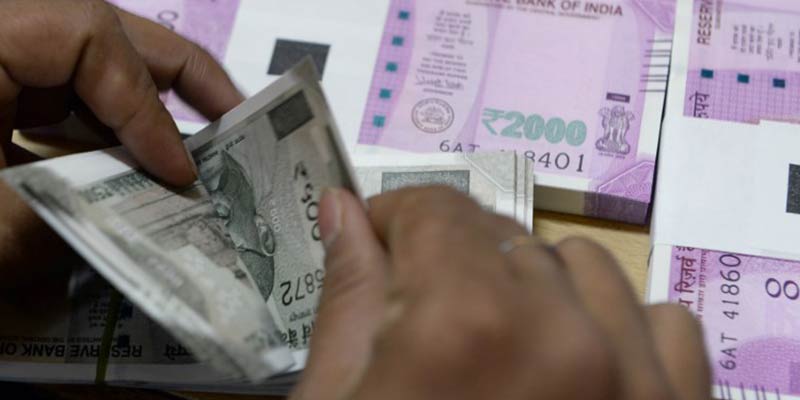- India
- Mar 17
Explainer / Decoding Appropriation Bill
The Lok Sabha on March 16 passed the Appropriation Bill 2020-21, authorising the government to draw Rs 110.4 lakh crore from the Consolidated Fund of India for its working as well as implementation of its programmes and schemes.
This completes two-thirds of the exercise for approval of the Budget for 2020-21.
Process for approval of Budget
After the Budget is presented, Parliament goes into recess for about three weeks, during which the House Standing Committees examine demands for grants for various ministries, and prepare reports. After Parliament reassembles, time is allotted for discussions on the demands for grants of some ministries.
The Lok Sabha and Rajya Sabha had debated on Finance Minister Nirmala Sitharaman’s Budget in the first half of the current session and in the second part, the Lower House passed the Appropriation Bill. In the third stage, the Finance Bill, which details the tax proposals, will be discussed and approved.
Both the Appropriation and Finance Bills are classified as Money Bills which do not require the explicit consent of the Rajya Sabha. The Rajya Sabha only discusses them and returns the Bills. After passing the Finance Bill, it enters the statute as the Finance Act. Thus, the final Budget gets approved.
Flow of funds
The accounts of the government are kept in three parts.
1. Consolidated Fund of India
The Consolidated Fund of India draws its existence from Article 266 of the Constitution. All revenues received by the government, loans raised by it and also receipts from recoveries of loans granted by it together form the Consolidated Fund of India. All expenditure of the government is incurred from the Consolidated Fund of India and no amount can be drawn from the Consolidated Fund without due authorisation from Parliament.
2. Contingency Fund of India
Article 267 of the Constitution authorises the existence of a Contingency Fund of India, which is an imprest placed at the disposal of the President of India to facilitate meeting of urgent unforeseen expenditure by the government pending authorisation from Parliament. Parliamentary approval for such unforeseen expenditure is obtained, ex post facto, and an equivalent amount is drawn from the Consolidated Fund to recoup the Contingency Fund after such ex-post-facto approval. The corpus of the Contingency Fund as authorised by Parliament presently stands at Rs 500 crore.
3. Public Account
The money held by the government in trust is kept in the Public Account. The Public Account draws its existence from Article 266 of the Constitution. Provident Funds, small savings collections, income of the government set apart for expenditure on specific objects such as road development, primary education, other reserve / special funds etc, are examples of money kept in the Public Account. Public Account funds that do not belong to the government and have to be finally paid back to the persons and authorities who deposited them, do not require parliamentary authorisation for withdrawals. The approval of Parliament is obtained when amounts are withdrawn from the Consolidated Fund and kept in the Public Account for expenditure on specific objects. The actual expenditure on the specific object is again submitted for vote of Parliament for withdrawal from the Public Account for incurring expenditure on the specific objects.
What is the Appropriation Bill?
The Appropriation Bill gives the government the power to withdraw funds from the Consolidated Fund of India. The money thus withdrawn is used to meet the government expenses during a particular financial year. As per Article 114 of the Constitution, money from the Consolidated Fund of India can be withdrawn only after it is approved by Parliament or the state legislatures.
This Bill, after it is passed by the Lok Sabha is transmitted to the Rajya Sabha and is certified by the Speaker as a Money Bill. In the Rajya Sabha, the Bill is discussed and is returned to the Lok Sabha.
Manorama Yearbook app is now available on Google Play Store and iOS App Store

